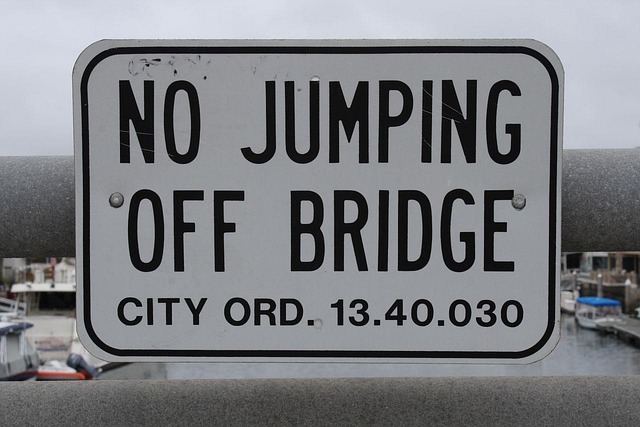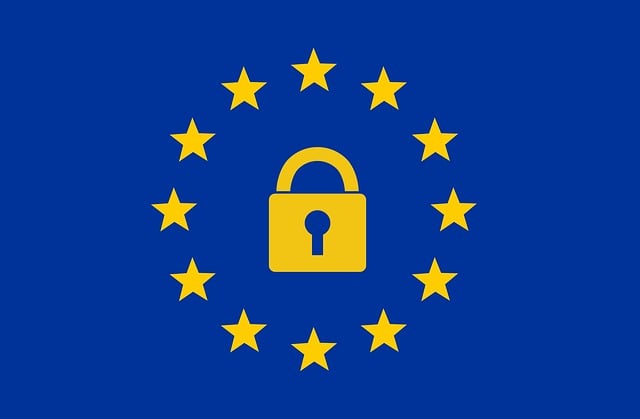In the transportation industry, ensuring passenger safety and regulatory compliance is crucial. Comprehensive driver background screening goes beyond license verification by checking driving records, criminal histories, and potential risks. Advanced digital systems streamline this process, leveraging data analytics to assess qualifications, identify violations, and ensure DOT compliance. Rigorous driver verification, including education and certifications checks, prevents hazardous individuals from operating vehicles, enhancing safety for passengers and road users. This multi-faceted approach, emphasizing passenger safety and professionalism, is mandated by regulations like FMCSA standards and becomes an industry norm through advanced screening techniques.
In the dynamic landscape of transportation, ensuring safety is paramount. Verifying commercial driver licenses and certifications, through robust background screening processes, is a cornerstone of modern logistics. This article delves into the critical components of driver background checking, from initial verification to advanced security techniques. We explore passenger safety checks, industry compliance standards, and innovative methods to fortify transportation’s backbone, ensuring both efficient operations and public protection.
- Understanding the Importance of Commercial Driver Verification
- The Process of Driver Background Screening: Step-by-Step
- Ensuring Transportation Safety: Passenger Safety Background Checks
- Compliance in the Transportation Industry: Key Regulations and Standards
- Advanced Vehicle Operator Screening Techniques for Enhanced Security
Understanding the Importance of Commercial Driver Verification

In the dynamic landscape of transportation, ensuring passenger safety and maintaining industry standards is paramount. Commercial driver verification plays a pivotal role in achieving this goal. A thorough background check for drivers goes beyond mere licensing; it delves into their history to uncover potential risks or issues that could compromise safety on the road. These checks include verifying qualifications, examining driving records, and assessing any relevant legal or disciplinary actions. By implementing robust commercial driver verification processes, transportation companies can mitigate risks, foster compliance with regulations, and ultimately safeguard passengers and goods.
Driver background screening is a critical component of transportation safety checks. It goes hand in hand with passenger safety background checks, ensuring that everyone involved in the logistics chain meets the highest standards. Effective vehicle operator screening not only protects the public but also helps businesses maintain their reputation by demonstrating due diligence. In today’s digital era, staying ahead of potential threats and ensuring compliance is easier than ever through advanced driver verification systems, revolutionizing how transportation companies operate and fostering a culture of safety throughout the industry.
The Process of Driver Background Screening: Step-by-Step

The process of driver background screening for commercial drivers is a critical component of ensuring passenger and public safety in the transportation industry. It involves a systematic verification of an individual’s driving history, criminal record, and overall suitability to operate a vehicle. This meticulous check includes several steps that help transportation companies maintain compliance with regulations.
1. Identification and Records Retrieval: The screening process begins by confirming the driver’s identity using government-issued IDs or other official documents. Subsequently, relevant records are retrieved from various sources, such as state licensing agencies, law enforcement databases, and previous employers. This step ensures that accurate information is accessed for evaluation.
2. Criminal Background Check: A comprehensive criminal history check is conducted to uncover any felonies, misdemeanors, or other significant offenses. This includes verifying arrests, convictions, and pending cases relevant to the transportation sector. By assessing these records, companies can gauge potential risks associated with hiring a particular driver.
3. Driving History Review: The candidate’s driving record is thoroughly examined, including past employer details and any previous commercial driver jobs. This step involves checking for traffic violations, accidents, and licensing status updates. A clean driving history indicates responsible behavior and adherence to road safety norms.
4. Drug and Alcohol Testing (DOT Compliance): Transportation Safety Administration (TSA) guidelines mandate drug and alcohol testing for commercial drivers. Urine or breath tests are conducted to ensure compliance with substance usage regulations, promoting safer operating conditions.
5. Education and Certification Verification: Ensuring that drivers possess the necessary certifications and training is essential. This involves verifying their Commercial Driver’s License (CDL), specialized endorsements, and any additional safety-related courses or certifications.
Ensuring Transportation Safety: Passenger Safety Background Checks

In the dynamic landscape of the transportation industry, ensuring Transportation Safety is paramount. One critical aspect often overlooked yet vital to maintaining robust safety standards is Passenger Safety Background Checks. These checks serve as a crucial layer in the broader framework of driver background screening, which includes comprehensive commercial driver verification processes. By delving into the backgrounds of vehicle operators, transportation companies can identify potential risks and ensure their fleet complies with stringent transportation safety checks.
Effective passenger safety background checks involve verifying driving histories, criminal records, and other relevant data to prevent individuals with unsafe or compromised credentials from operating vehicles. This meticulous screening process not only safeguards passengers but also fosters industry compliance. In today’s digital era, advanced driver background screening tools enable efficient verification, revolutionizing the way transportation companies manage risk and maintain a safe environment for all road users.
Compliance in the Transportation Industry: Key Regulations and Standards

Compliance in the transportation industry is paramount to ensuring safe and efficient movement of goods and passengers. At the heart of this lies rigorous background checks on commercial drivers and vehicle operators, known as driver background screening, which go beyond simple license verification. These screenings encompass a comprehensive look at an individual’s driving history, criminal records, and potential safety risks, providing crucial transportation safety checks.
Regulations such as those enforced by the Federal Motor Carrier Safety Administration (FMCSA) in the United States demand thorough commercial driver verification processes to mitigate risks on the road. This includes not only confirming certifications like CDL (Commercial Driver’s License) endorsements but also identifying any past violations, accidents, or behaviors that could compromise passenger safety. The goal is a multi-faceted approach to transportation industry compliance, ensuring that those operating vehicles meet the highest standards of safety and professionalism.
Advanced Vehicle Operator Screening Techniques for Enhanced Security

In the realm of transportation, ensuring passenger safety is paramount. Advanced Vehicle Operator Screening Techniques have emerged as a game-changer in the industry, especially with the increasing importance of background checks in transportation. These techniques go beyond basic commercial driver verification and include comprehensive passenger safety background checks. By implementing thorough transportation safety checks, carriers can mitigate risks associated with untrained or unqualified drivers, thereby enhancing overall security.
Transportation industry compliance has become more stringent, requiring rigorous vehicle operator screening. Modern methods employ sophisticated algorithms and data analytics to sift through vast amounts of information during the driver background screening process. This ensures that only those with the necessary skills and a clean record are allowed behind the wheel, fostering a culture of safety throughout the transportation sector.














